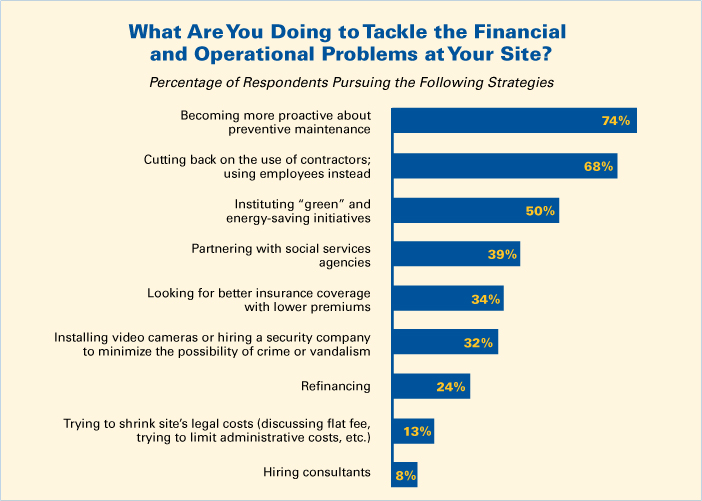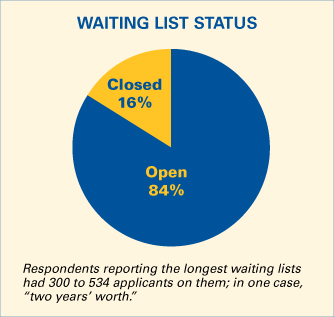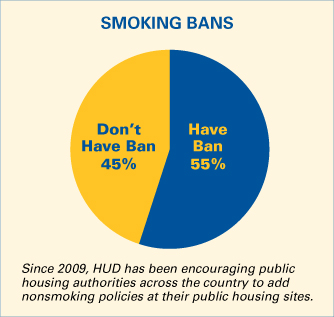
Insider's 2012 Survey Results: How Managers Are Tackling Today's Management Challenges
In today's struggling economy, providing affordable housing to low-income families is more important than ever. There may be plenty of qualified applicants, but there are also considerable challenges in keeping up with rising operational costs and program compliance requirements. Last month, the Insider conducted a survey of assisted housing managers across the country to find out about their biggest budget concerns and toughest management challenges.
Survey respondents' top budget concern may come as no surprise: 95 percent said that increasing maintenance and repair needs give them their biggest headaches. And rising contractor and personnel costs—the second and third top budget concerns—only make dealing with maintenance and repair problems that much more expensive. Only one respondent cited increases in insurance and taxes as a primary concern; another put rising utility costs at the top of the list. And one respondent reported struggling to fill vacancies for efficiency units.
Of the nonfinancial challenges, complying with HUD regulations and EIV reporting requirements ranked highest. (Note that more than half of the survey respondents participate in Section 8.)
With maintenance issues ranking so high, site managers' top strategies for solving their biggest challenges involve becoming more proactive about preventive maintenance—that is, taking better care of property and equipment so they last longer and require fewer repairs. Managers also reported cutting back on the use of outside contractors and vendors for jobs such as snow removal, painting, and landscaping, and using staff instead. And investing in energy-saving or “green” initiatives is also a popular strategy for controlling maintenance costs. Summing up the widespread reality, one respondent reported “delaying capital improvements until we have no choice but to do something.”
Unique solutions included “charge tenants for work orders that are not due to normal wear and tear” and “looking into converting to assisted living.” (Only one respondent reported pulling out of HUD programs entirely due to the cost of—and frustration with—complying.)
Finally, 30 percent of survey respondents said their site has been refinanced in the past two years, or will be refinanced this year. With 30 percent of sites also receiving tax credits, the Low-Income Housing Tax Credit program may become a more popular solution for sites struggling financially.




Top 5 Budget Busters
What causes the biggest budgetary concerns at your site?
- Increasing maintenance and repair needs
- Rising vendor/contractor costs
- Rising personnel costs
- Not enough funds in our reserves account
- Reduced or delayed subsidy payments
Top 5 Management Challenges
Survey respondents ranked the following problems highest on their list of challenges:
- Complying with HUD regulations
- Complying with EIV reporting requirements
- Passing site inspections
- Households underreporting income
- Subsidy payments not keeping up with costs
Survey Respondents' Profile
LOCATION
Respondents represented the following regions of the country:
Northeast: 35%
Midwest: 19%
Southeast: 19%
Southwest: 11%
Northwest: 8%
PROGRAM PARTICIPATION
By program, respondents participated in:
Section 8: 62%
Section 202/8: 32%
Low-Income Housing Tax Credit: 30%
Section 202: 19%
Section 236: 19%
Rural Housing Section 515: 11%
All other programs accounted for less than 10% of respondents' participation.
Nearly half of the respondents (47%) managed sites that also had fair-market rentals.
SITE SIZE
By size of the sites respondents manage:
32% manage sites with four to 10 buildings;
30% manage sites with more than 10 buildings;
30% manage sites with only building; and
only 8% manage sites with two or three buildings.
Related Articles
